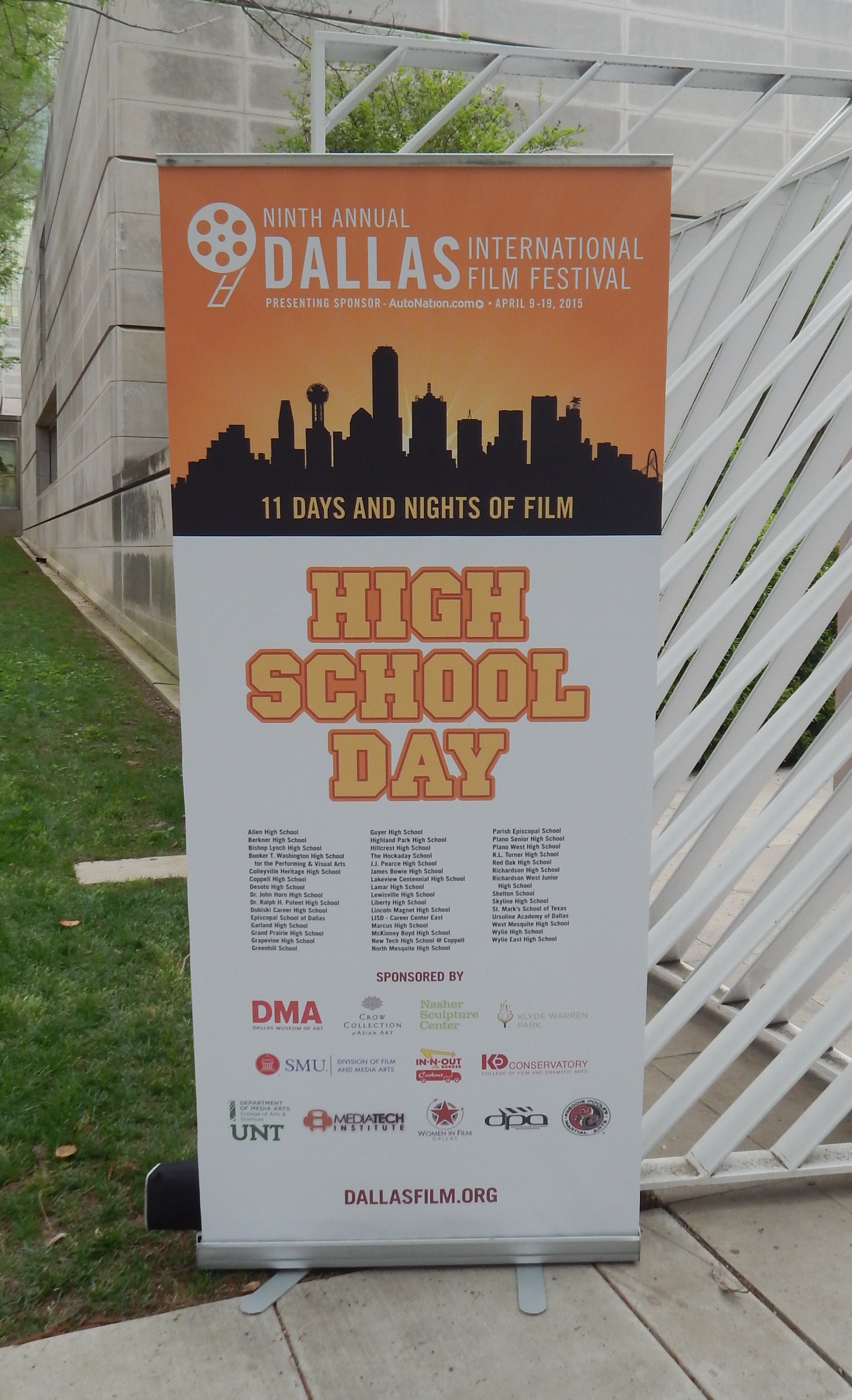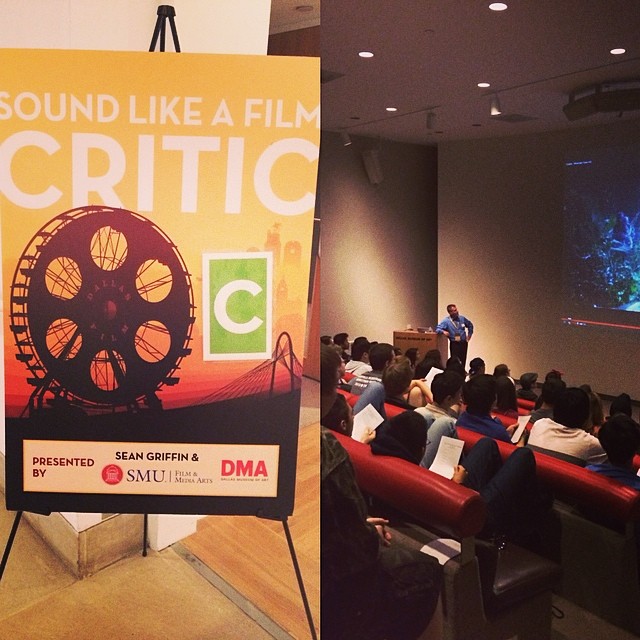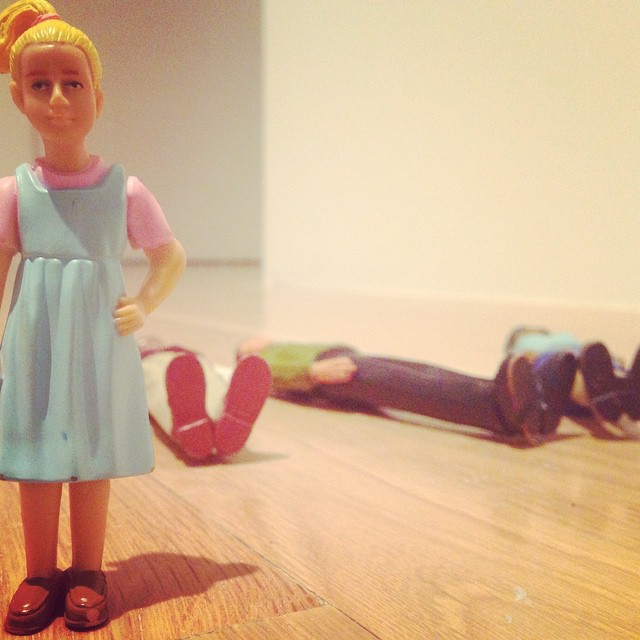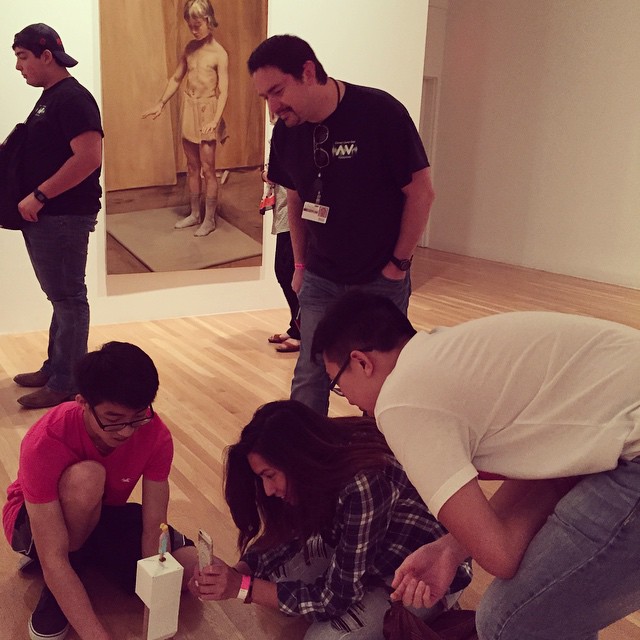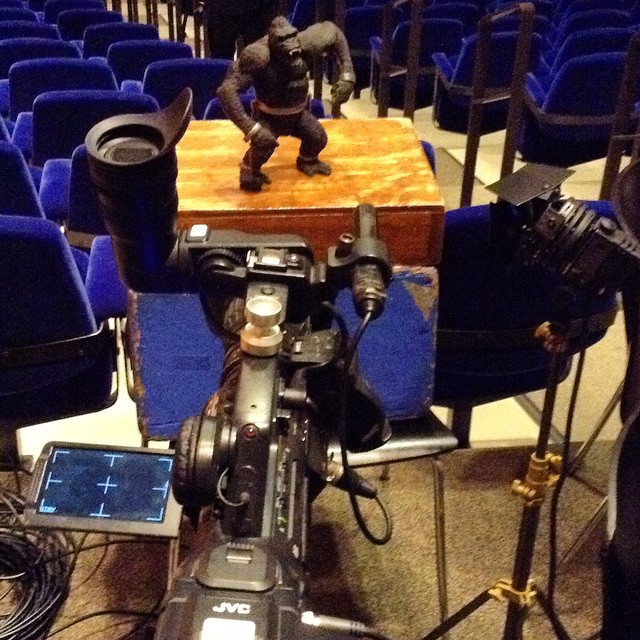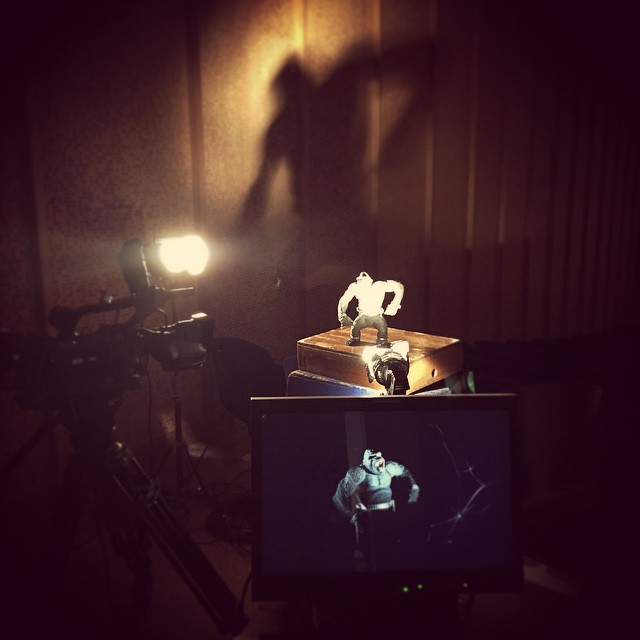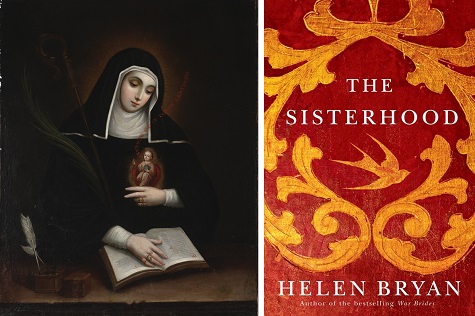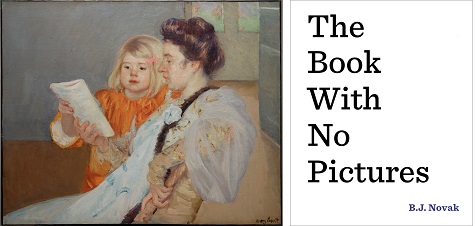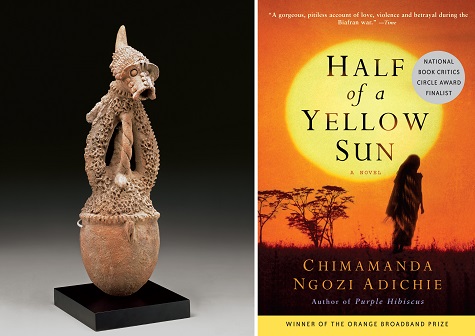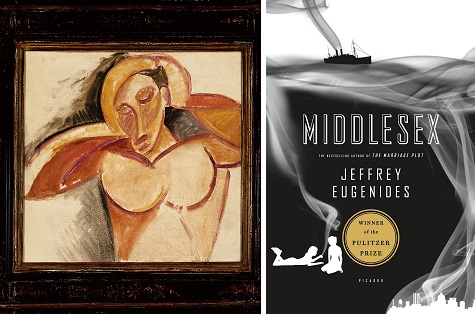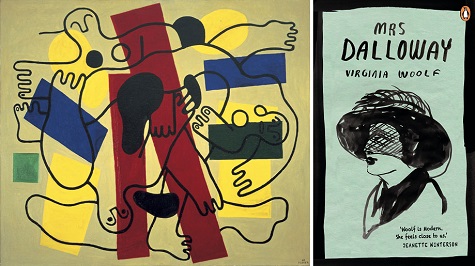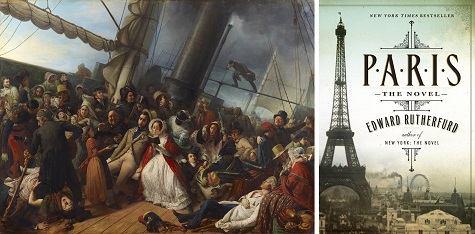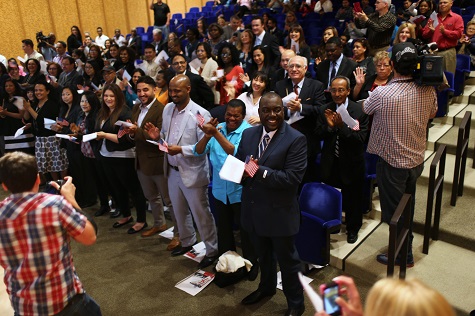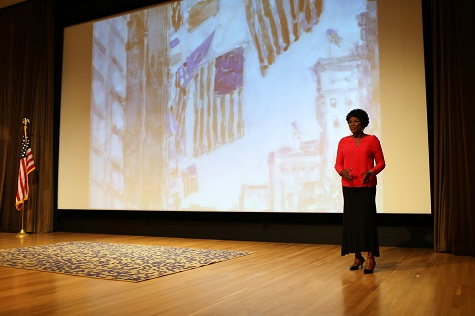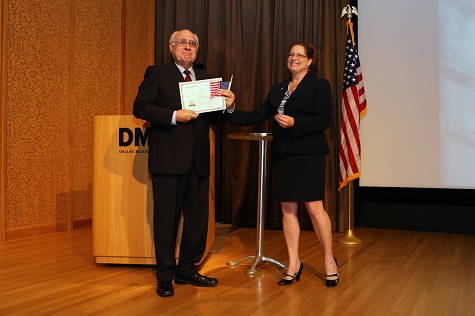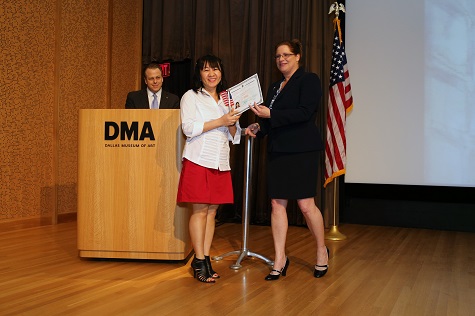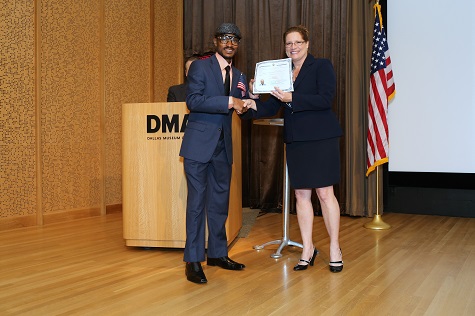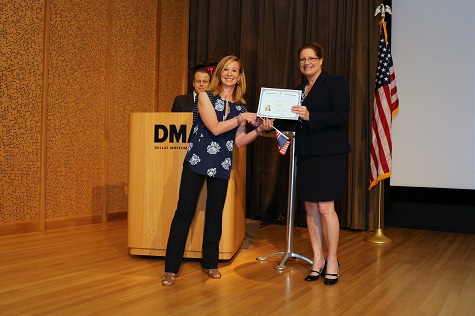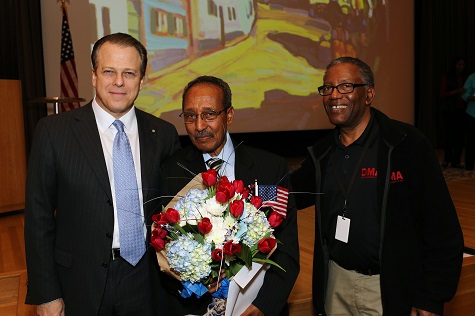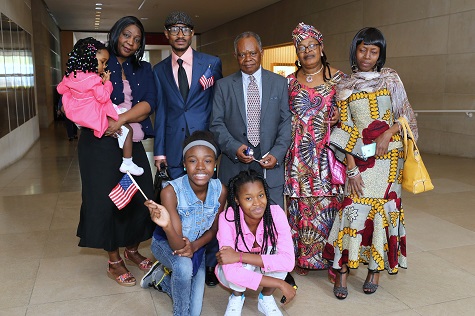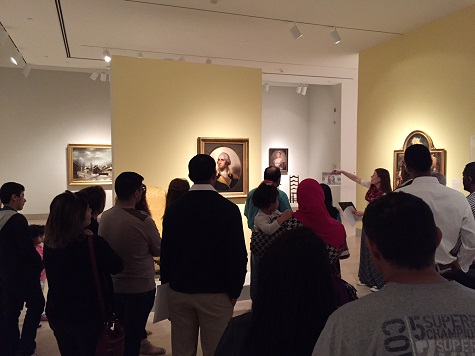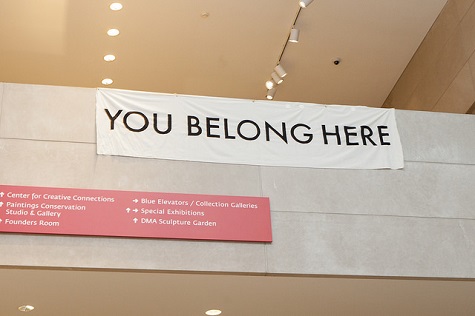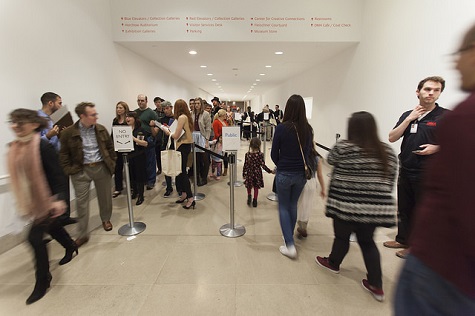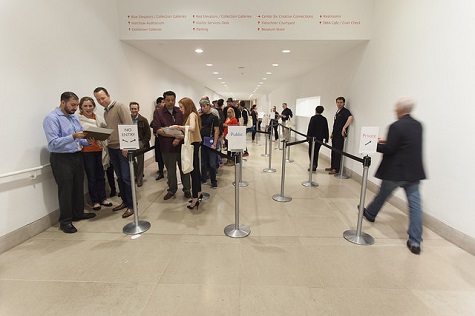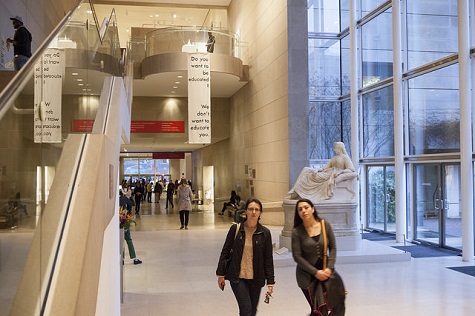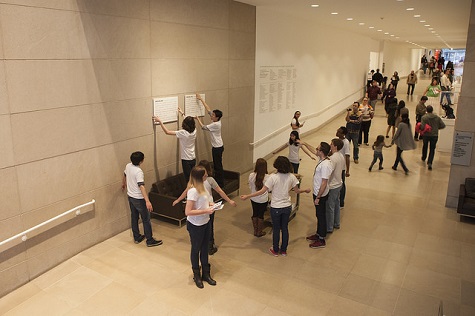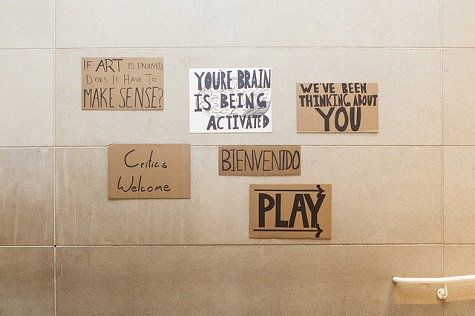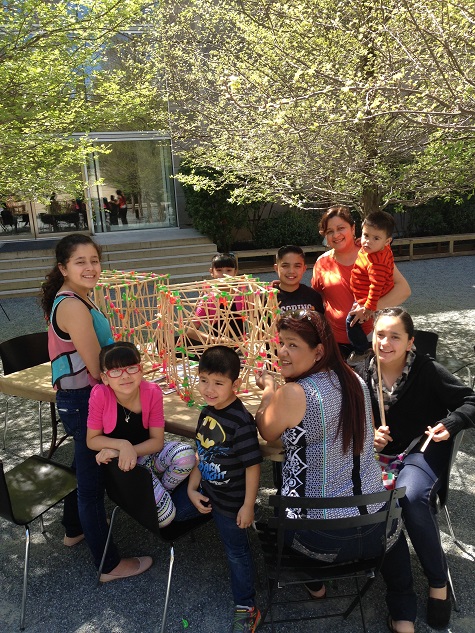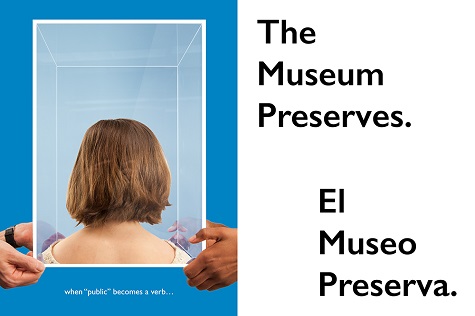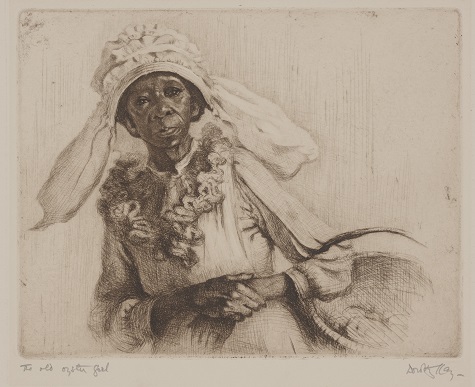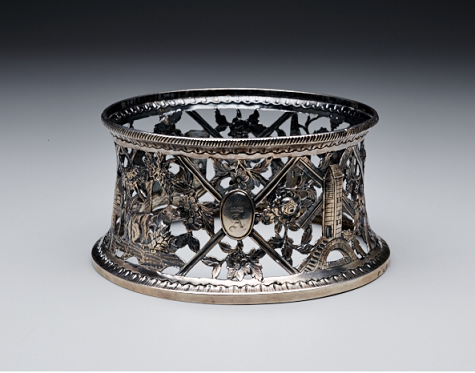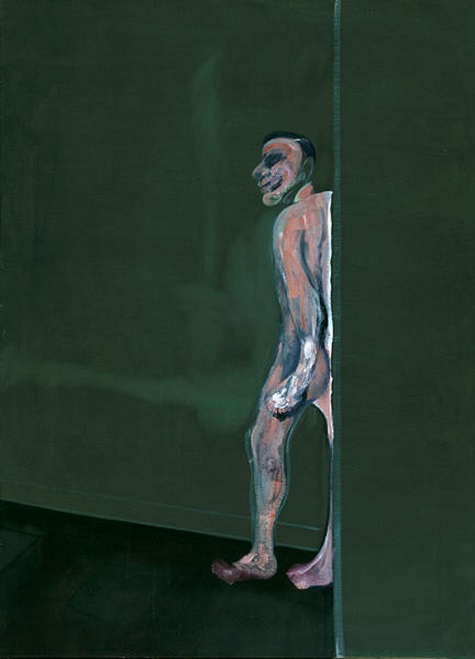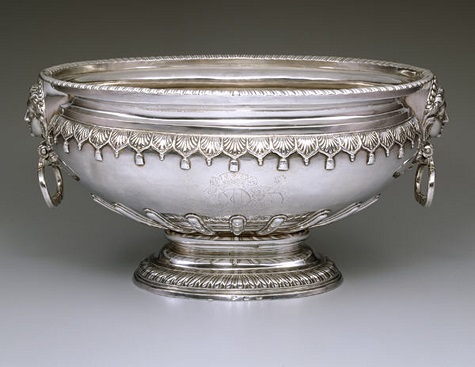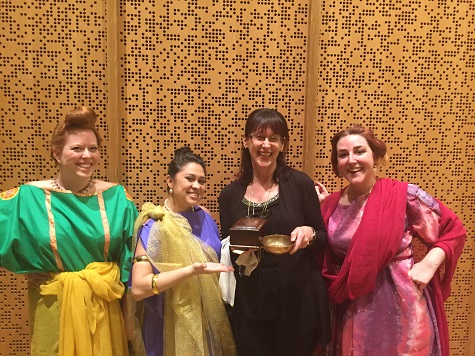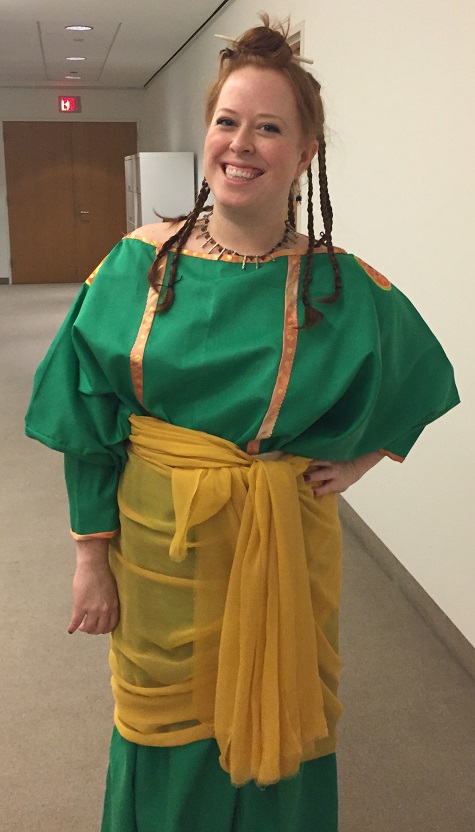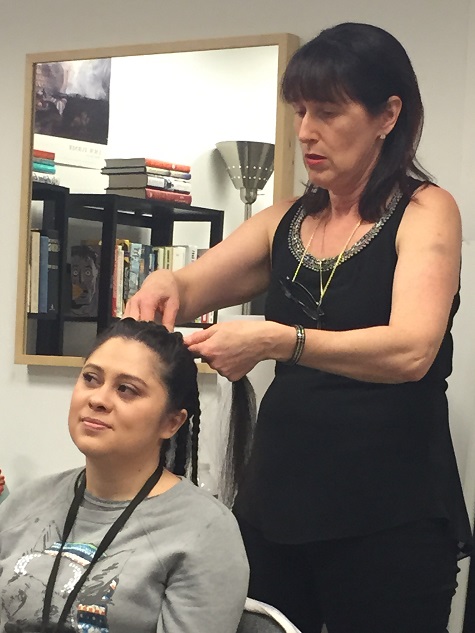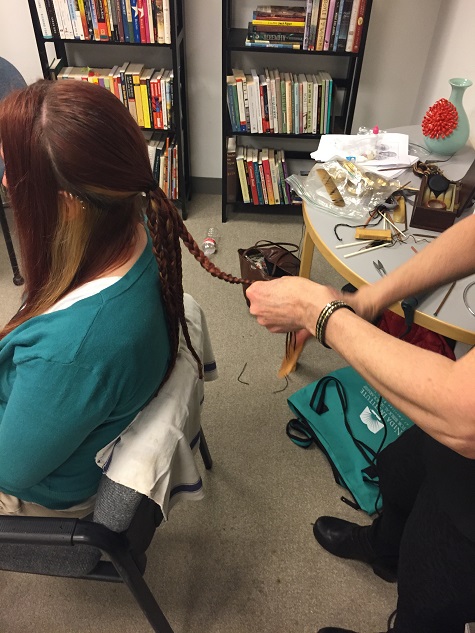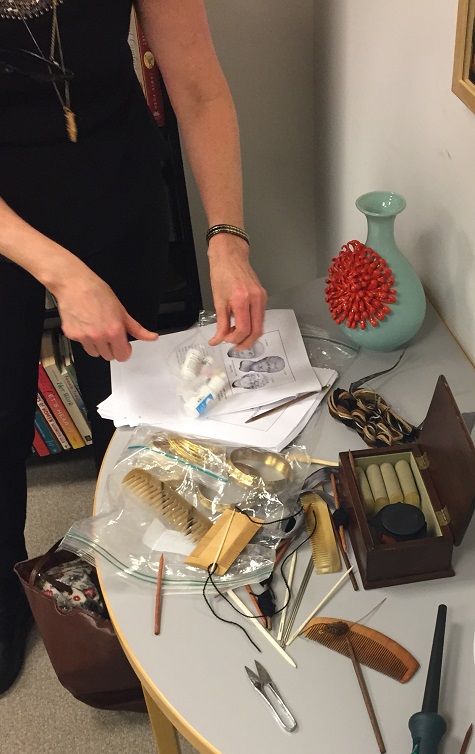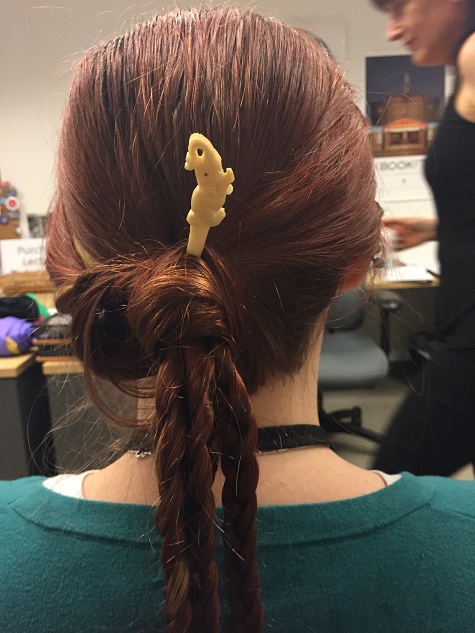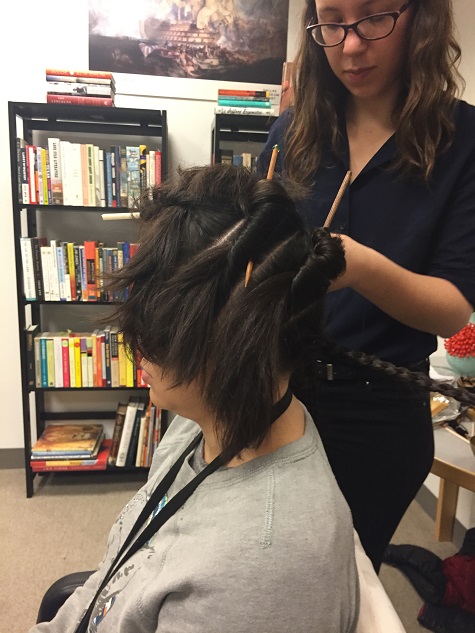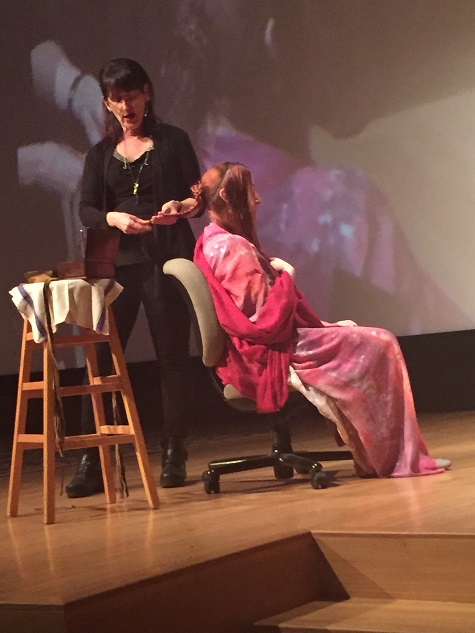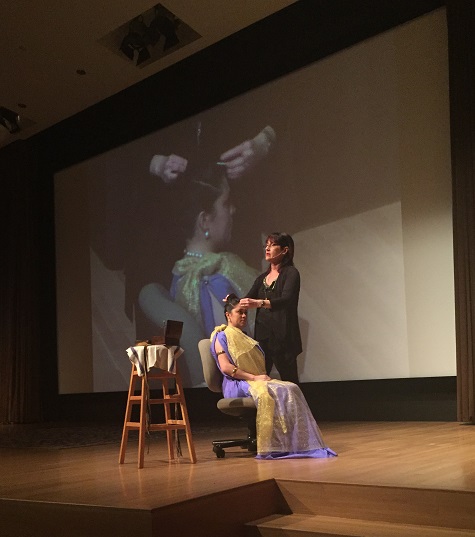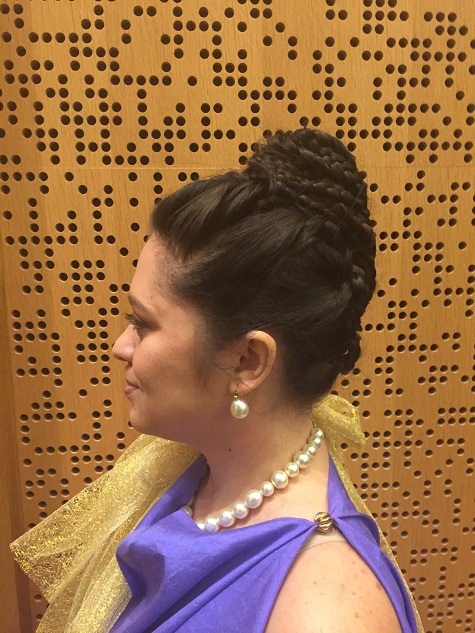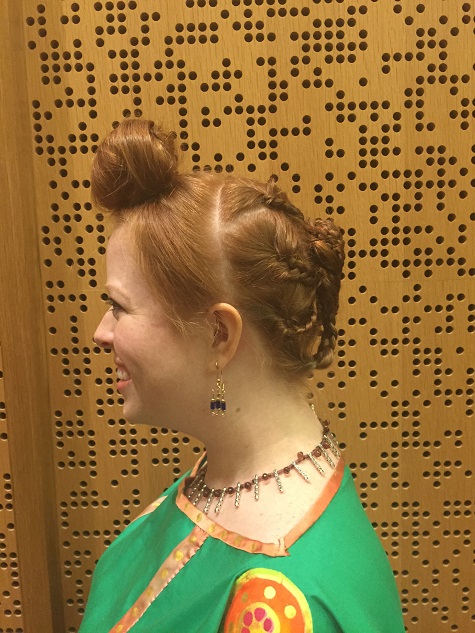This week we will celebrate Joseph Mallord William “J. M. W.” Turner’s 240th birthday! The pioneering English artist always claimed that his birthday was April 23, 1775, but in fact the precise date of his birth is a bit of a mystery. Turner was a prolific artist. By the end of his celebrated career, he had produced more than 550 oil paintings, 2,000 watercolors, and 30,000 works on paper. You may recall many of his works from the DMA’s popular 2008 exhibition J. M. W. Turner.
But you don’t have to wait for another blockbuster exhibition to see paintings by Turner at the DMA. Wend your way to the European Galleries on Level 2 to see his 1803 landscape Bonneville, Savoy. In this painting, Turner describes the gentle landscape of the foothills of the Alps, dotted with signs of human habitation, but in the distance he includes a glimpse of Mont Blanc’s forbidding snow-capped peak.

Joseph Mallord William Turner, Bonneville, Savoy, 1803, oil on canvas, Dallas Museum of Art, Foundation for the Arts Collection, gift of Nancy Hamon in memory of Jake L. Hamon with additional donations from Mrs. Eugene D. McDermott, Mrs. James H. Clark, Mrs. Edward Marcus and the Leland Fikes Foundation, Inc., 1985.97.FA
Later in Turner’s career, his palette became brighter and more transparent, ultimately resulting in compositions that were almost pure shimmering color and light, making the objects he depicted practically unrecognizable. This mature style placed his works in the vanguard of European painting that greatly influenced the next generation of artists. In fact, the French impressionist Claude Monet closely studied Turner’s techniques.
To learn more about this important British artist, watch the 2014 film Mr. Turner. It includes a scene in which he reportedly strapped himself to the mast of a ship so that he could paint a snowstorm. Or even better, stop by the DMA’s Museum Store and purchase a copy of Turner: Life and Landscape by our own Associate Director of Curatorial Affairs, Olivier Meslay. The (obviously) well-written book 😉 includes rich illustrations and is a wealth of information about our birthday boy, Mr. Turner.
Martha Macleod is the Curatorial Administrative Assistant for the European and American Art Department at the DMA.
